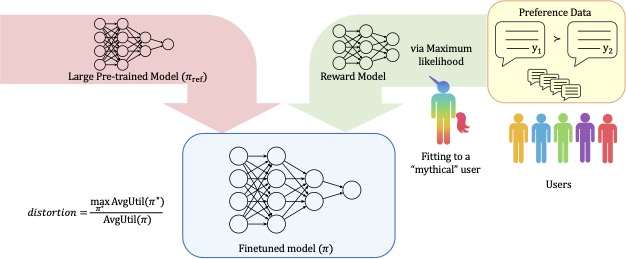
Paul Gölz (Mastodon in bio)
@paulgoelz
I think about democracy from a computer science perspective. he/him. Since this site is going downhill, my Mastodon: econtwitter.net/@goelz
ID: 919732722725281792
https://paulgoelz.de 16-10-2017 01:12:23
3 Tweet
115 Followers
50 Following


Our paper on fair algorithms for selecting citizens' assemblies, which boasts the nuanced title "Fair Algorithms for Selecting Citizens' Assemblies," was just published (open access) in Nature. The work was led by the amazing Bailey Flanigan and Paul Gölz (Mastodon in bio). nature.com/articles/s4158…











